The task of eliminating pantry pests can be challenging. Although they are not particularly fast, they naturally blend in with their surroundings, making them difficult to identify. However, whether it is pantry beetles, moths, or other insects, there are a few common household items you can use to keep them away.
So, keep reading to learn how to get rid of pantry pests and prevent infestation.
Table of Contents
Common pantry pests
We tend not to move the contents of the pantry and cupboards quite often, which makes them particularly vulnerable to pest infestations. It is, therefore, a perfect environment for pests to grow in numbers until one day, you pull out an old bag of flour and are surprised by what’s inside.
This is only a partial list of the common pantry pests:
- Moths
- Weevils
- Flour mites
- Biscuit beetles
- Ants
- Rats and mice
You might suspect an infestation is in full swing when you see a few pests on a counter or floor, near a window a short distance from your pantry, or even inside the pantry. When you pour out your morning bowl of cereal, a quick search in the corners, floors, walls, and shelves of your pantry may confirm or deny your suspicion
How to get rid of pantry pests
While getting rid of pantry pests can take time, there are a few effective methods to eliminate them:
1. Dispose of infected food and unsealed packages.
Check the oldest products at the back of your pantry first, as these are the most vulnerable to pest infestations. Focus on rice, flour, and other grain-based products, as these are common targets for insects.
If you discover any infested food in your pantry, dispose of it immediately, along with any other opened packages. Even if there are no visible pantry bugs in the open packages, it is likely that they have already laid eggs on your food.
2. Vacuum the pantry shelves
Pests thrive on small bits of food that are left in the pantry. Eliminating crumbs reduces pests’ food supply. Utilize the hose attachment of your vacuum cleaner to thoroughly clean all the shelves, corners, and nooks in your pantry.
Remove any visible insects, along with crumbs or food spills on the pantry shelves. When cupboards are kept clean and spills are promptly wiped up, pantry pests cannot find a meal. Therefore it’s not necessary to use harsh chemicals.
Note: You should be aware that not all over-the-counter pesticides are effective, and that misusing them or mixing them improperly can also be harmful to people and pets – particularly around food.
3. Eliminate pantry bugs’ eggs
Wash shelves and cupboards with soapy water or use a vinegar-water solution to get rid of insects’ eggs. Prepare a cleaning mixture by pouring equal parts water and vinegar into a spray bottle.
Thoroughly clean your pantry removing any leftover crumbs, dust, and insects you may have missed with the vacuum. Pay special attention to corners, cracks and crevices where crumbs can accumulate and serve as food sources for pantry pests.
4. Dispose of the trash immediately.
Secure any bags containing contaminated food items and remove them from the house. Leaving garbage in the kitchen may attract pests, which could lead to a re-infestation of your pantry.
5. Lay traps
Traps are an effective way to get rid of pantry pests. The market offers a wide range of traps for different types of pantry pests, including moths, beetles, and weevils. These traps are easily accessible to consumers and can be found at most hardware retailers, garden centres, or online stores.
In addition, you also can create your own traps using simple materials found around your home. For instance, a homemade pantry pest trap can be made from a jar filled with a mixture of sugar and water. This will attract pests and prevent them from escaping.
By using both store-bought and homemade traps, you can effectively monitor and reduce the population of pantry pests in your home, ensuring that your food supplies remain safe and uncontaminated.
6. Clean old containers thoroughly before returning them to the pantry
This practice helps to prevent existing pests from contaminating the new product. By ensuring that containers are cleaned properly, the risk of pest infestations is significantly reduced, creating a safer and more hygienic environment for product storage.
7. Store dry pantry foods in airtight containers.
It is advisable to keep dry pantry items in airtight containers to ensure their longevity and safety. When materials like paper or cardboard are used, food becomes vulnerable to pests, particularly larvae, which can easily penetrate these types of packaging. This vulnerability not only allows larvae to access your food but also enables them to spread to other food sources nearby.
Poorly sealed containers can also cause problems, as pests can find their way inside, leading to contamination and spoilage of the food.
By using airtight containers made from materials such as glass, plastic, or metal, you create a barrier that effectively keeps pantry bugs out and preserves the freshness of your products. This not only helps maintain the quality of your food but also minimises the risk of pest infestations, ensuring a cleaner and safer environment.
Where do pantry pests come from and what attracts them?
It is often the infested food products we purchase that bring pantry bugs into our kitchen cabinets. It doesn’t matter how clean your kitchen is as long as your favourite grains and foods are easily accessible, they will infest them. Even though pantry pests are harmless (apart from damaging food), it’s never pleasant to find bugs in your food.
They are attracted to a wide range of products. It is common for pantry pests to eat grains like flour, cereals and processed foods, but they also eat dried fruit, nuts and spices. Their diets don’t stop there; pantry pests eat almost any dried food at room temperature. It is easier for them to enter open packages, but they can also make it into sealed ones.
How to prevent a pantry pest infestation
You do not want any pantry pests to return once they have been treated. In every case, prevention is better than cure. So, take action if you see pantry pests and don’t let them bug you.
Make sure pantry pests never appear again by following the steps below:
- Don’t buy too much food – You should not buy foods in large quantities at the grocery store but rather buy enough to use within a short period. You won’t have to worry about food sitting in your pantry for a long time and becoming an infestation magnet.
- Check the expiration date – decomposing organic matter is a favourite food of pantry pests.
- Don’t combine old and new dry food products – It isn’t a good idea to mix old and new dry food products unless you are certain that they are free of pests.
- Keep food in airtight containers – If you don’t plan on eating the food right away, store it in tightly closed containers made of glass, ceramic, or hard plastic. It is best to remove products from their original packaging to prevent pest infestations. Products that are susceptible to spoilage can also be kept in the refrigerator or freezer.
- Clean and declutter the pantry – Regularly clean your pantry, remove spills and crumbs as soon as they occur, and discard food you no longer want. Make sure the cupboard and shelving are clean by washing them with soap and hot water.
- Place bay leaves in canisters and packages in the pantry – Most pantry pests avoid this herb because its pungent and distasteful aroma deters them from eating. The leaves can be placed over countertops or sprinkled on the shelves and inside cabinets.
- Seal entry points – Using caulk or other pest-proof materials, seal any openings where insects and other pests may enter or hide.
Are you dealing with a pest infestation?
You don't have to be alone in the battle against pests. Hire a professional pest expert!
Call usConclusion
Most people are able to get rid of a pantry pest infestation on their own. However, it’s recommended you have a professional pest control company look at it.
After you’ve tried DIY methods and you still have an infestation, call a rat exterminator to inspect the house. You will not be able to handle the infestation yourself unless you know where it is coming from.
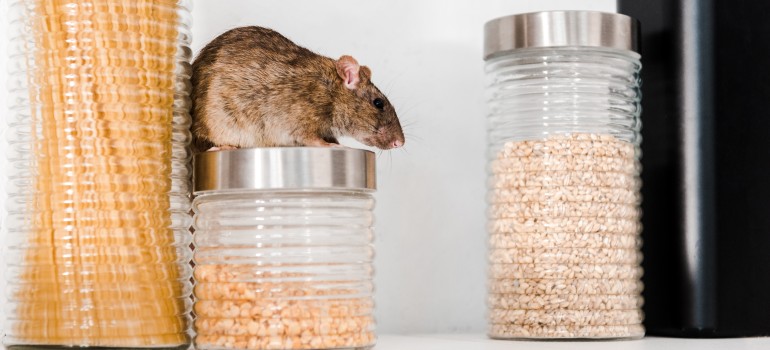

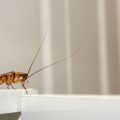



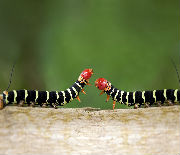
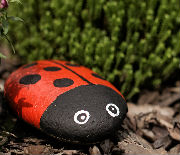
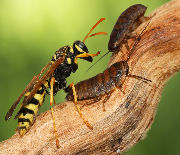
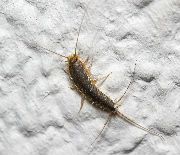
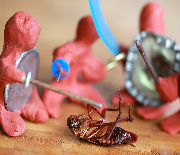
Leave a Reply